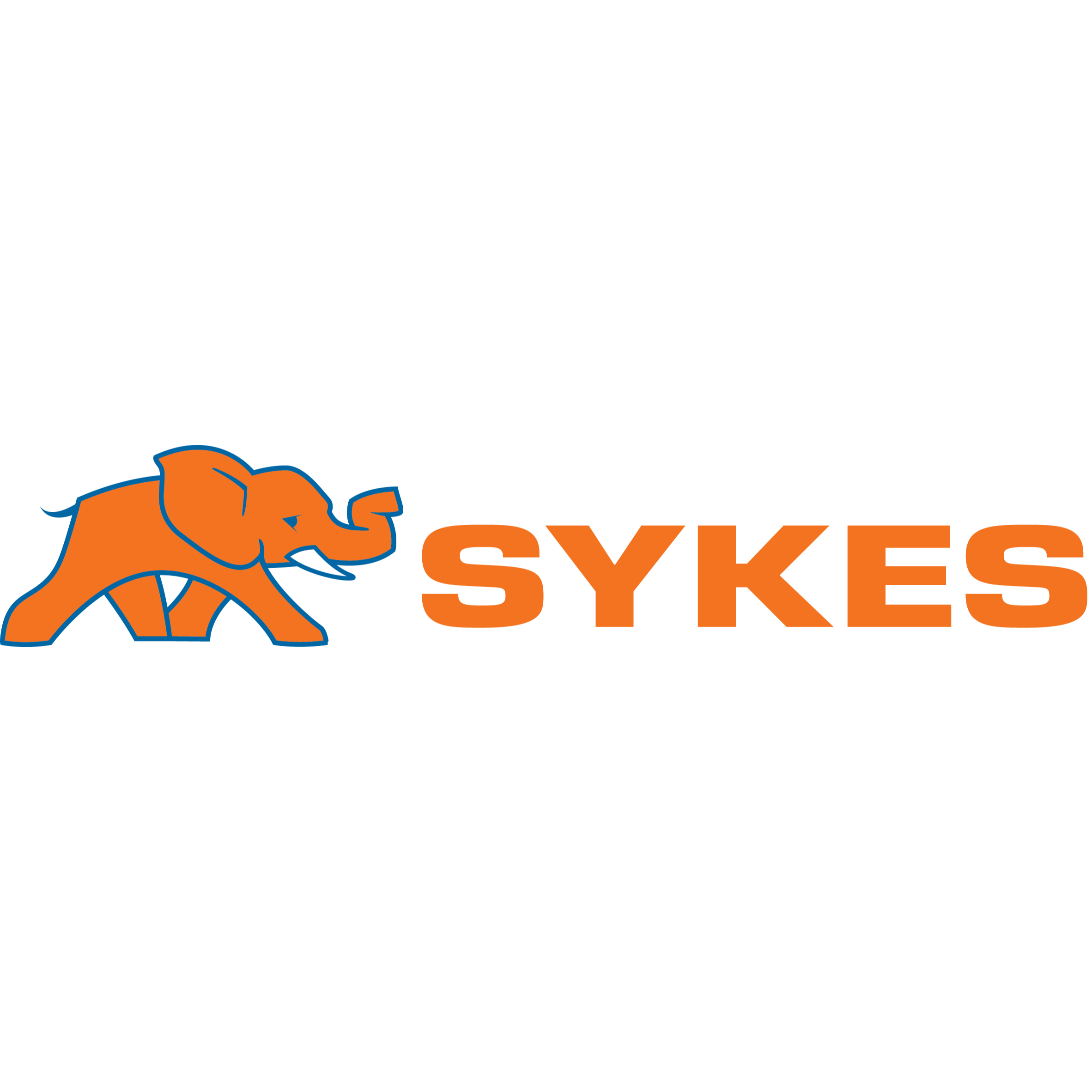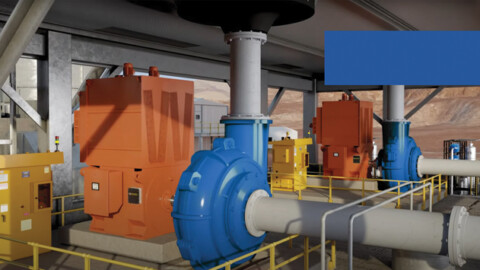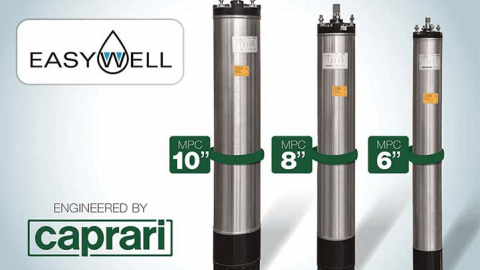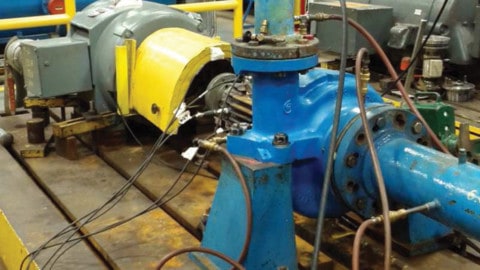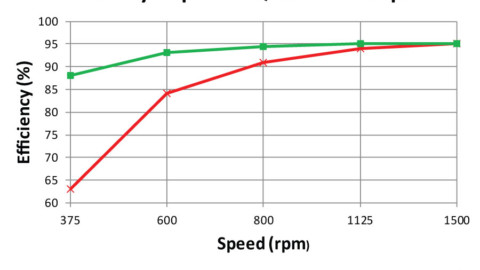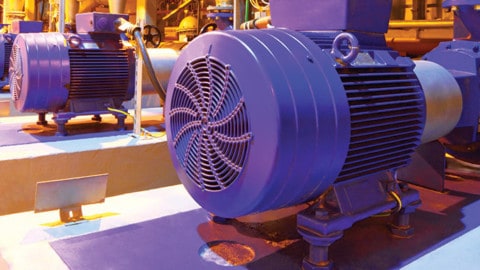by Ken Kugler, PIA Executive Officer for Standards
Ken Kugler reviews the new marking requirement for fire pumps, explaining the rationale behind it and outlining why it is necessary.
There has been a new inclusion to the ‘marking’ requirements of firewater pumpsets. Under AS2941 2013 cl.3.13.2, marking of the pumpset identification plate now requires the additional item maximum test flow to be added.
But why is it necessary? Does everyone really need this information? The pumpset plate already includes duty flow, duty pressure, duty speed and maximum power required. From my point of view it has been included to protect the pump and its drivers (i.e. the electric motor or diesel engine), during testing, from incorrect operation or rather from operation outside the pump and driver’s design range.
From a practical point of view, maximum test flow is obviously only recognised when the system includes a flow measuring device and the pump is discharging through the flow test line. Flow measuring devices, generally an Annubar, are only installed when the pumpset system is being tested, say during initial system commissioning and/or the AS1831 maintenance requirements for an annual performance test. At other times, for example during routine monthly tests, the pump is generally being operated without a flow measuring device, so how would the operator know whether the maximum pump flow is exceeded? As fire pumps are (in the main) centrifugal pumps, and as a discharge pressure gauge is permanently installed, then perhaps the AS2941 requirement should read “minimum discharge pressure equating to maximum test flow”. Suction conditions need to be considered to determine this value.
To be clear, the only time the maximum test flow of a fire pump may be expected to be exceeded is when the fire pump flow measurement pipeline is utilised to test the pump’s operation. (Routine monthly testing may only include pump discharge through the circulation relief valve which is only a relatively low flow.) All the fire suppression requirements are included in the system designed by the fire engineer and these should all be less than the maximum flow as defined in the Standards.
Let’s take the example of a fire pump installed in the basement of a high-rise building. To keep the maths simple, this pump draws water from a suitable storage tank, and has a duty head (pressure) of 1,000kPa at a duty flow of 1,000L/min. In accordance with the Standard, the pump secondary duty would thus be a maximum flow of 1,300L/min at a minimum head of 800kPa. (As per AS2941 cl.3.1, at 130 per cent duty flow, head should be greater than 80 per cent of duty head.)
Now let’s look at the flow test pipe system installed. It takes water directly from the pump, after the non-return valve, the water then passes via a tee through the flow test isolating valve, the flow measuring device (most likely an Annubar), then through the flow control valve and via an as-short-as-possible return pipe and a minimum number of bends back to the storage tank.
With the isolating and flow control valves both fully open, the pipe friction losses are extremely small. In fact, in this example the pipe calculated friction loss is about 6m at 1,300L/min. The discharge pressure could drop below 60kPa, 6 per cent of the designed duty pressure and the flow rate may exceed 2,000L/min(200 per cent of duty flow).
Unfortunately, the site test procedure is often:
- Check shut valve pressure
- Check duty pressure at duty flow
- Check operation at maximum flow (i.e. fully open the flow control valve is often the request).
The installed pump was never designed for operation at such low pressure. Firstly, the pump itself will probably be cavitating in the extreme, and more importantly perhaps, absorbing an extremely high level of power. This will be obvious from a diesel engine labouring and dropping in speed. An electric motor may be drawing an excessive amount of current, even to the level of causing failure of the electrics.
Why do we need the new marking?
Most modern centrifugal pumps utilised for Australian fire installations are selected from commercially available ranges of pumps. (Unlike the American fire pump market where a pump is pre-tested to specific requirements, approved and listed by a government approved agency for a fire pump installation.) The commercially available pumps have been designed by engineers endeavouring to extract the maximum flow from a particular suction and discharge size. This has tended to make the pump characteristic QH curve much flatter – generally a good point for the fire engineer as shut valve pressures are much lower. However, a consequence is that the power curve continues to rise as the flow increases, it does not plateau out. The pump’s limitation becomes the NPSH available or simply the amount of suction head or suction pressure on the pump. If our example above was drawing water directly from a town main then excessive power absorption would be much more pronounced.
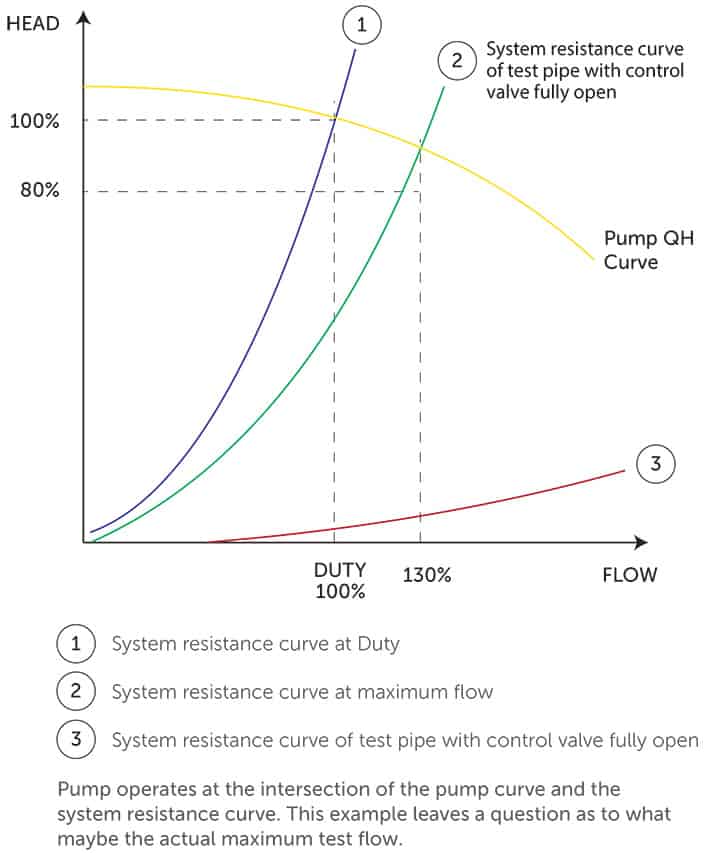
AS2941 – 2013 specifies that the driver power should exceed the maximum absorbed pump power for flows between zero and 130 per cent of duty by a minimum factor of x1.15. This is quite generous but is simply not always sufficient if the pump is operated beyond the 130 per cent of duty flow. Hence the requirement to indicate a maximum test flow.




